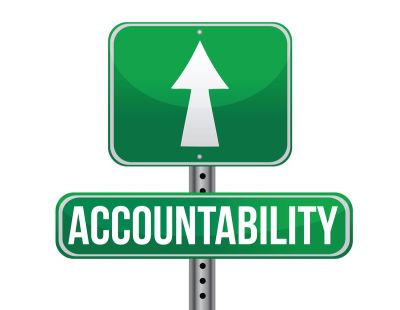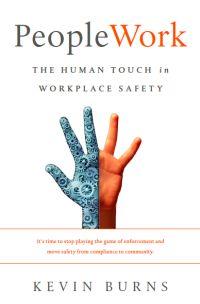Safety is a shared responsibility. It’s not exclusive to one person.
 It still exists. There are far too many people who still believe that safety is the responsibility of the safety department. They think Safety is responsible for completing forms and paperwork, interventions and observations, and making sure employees are wearing their PPE.
It still exists. There are far too many people who still believe that safety is the responsibility of the safety department. They think Safety is responsible for completing forms and paperwork, interventions and observations, and making sure employees are wearing their PPE.
The safety department will also supply them with their eye protection, hearing protection, gloves and will pony up cash for other parts of the required and mandated safety equipment. But, just like a rental car, they treat the company-purchased safety protection in the same way. Misplaced regularly, they expect the company to replace their lost PPE items.
Even though they may use their own power tools on a construction site, for example, the hands that hold the tools should be covered by gloves purchased by the company. The safety guy must do all of the paperwork because, “that’s his job.”
What if we took that same rationale and applied to other areas:
- the left tackle who picks up the fumbled football and stops short of the goal line because it's the running back’s responsibility to score touchdowns
- the camper who ignores snuffing out an abandoned campfire because it wasn’t his fire
- the office clerk who ignores the ringing phone because dealing with customers is the responsibility of the customer service department
- the car salesman who says nothing about the fluids coming from under a customer’s car after a service because it’s the mechanic’s responsibility
Is it only the Finance department who are responsible for the money? Is it only the HR department responsible for identifying harassment and bullying? Is it only the responsibility of managers to make sure people treat each other with respect and courtesy?
Everything at work is a shared responsibility. If your employer chose not to protect you as a worker, you wouldn't go along with that. You wouldn't knowingly put yourself in harm’s way. You would choose to protect yourself and your family’s best interests.
Regardless of what others might do, you want to make right decisions and do the right things. So, it’s not the responsibility of someone else to look out for your safety. Nor is it someone else's responsibility to complete forms and safety reports. It shouldn't be on someone else to intervene when you can see an incident about to happen. Safety is a shared responsibility. It’s not exclusive to one person. Every person on the job site is responsible for their own safety and the safety of those around them.
So let’s drive that idea home as often as we can. Here are 3 things you can do at toolbox/tailgates to improve the level of personal responsibility on your job site:
1Ask, “What do the words ‘accountability’ and ‘responsibility’ mean to you?” Open up the discussion. Ask them to talk about accountability; what it means to them and how they would show it on the job. The same for responsibility. Task them with discussing what both would look like in a specific incident. Reporting, JHAs, paperwork, teamwork; they are all accountability and responsibility in action. Help them see it by letting them discover it for themselves.
2Ask “What's the best thing that we do in safety in this company?” This question forces crew members to think about the things that both they and the company are doing right. It is a positive reinforcement of the safety program. Ask how you are doing as far as accountability and responsibility are concerned? Then, follow it up with what things could use a little extra focus and attention?
3Ask “What is the one thing that would prevent you from working safely?” This discussion can identify some of the responsibility gaps. In a solid teamwork culture, you will uncover some of the reasons and mental barriers to choosing safety in the moment. You need a lot of honesty to get full value from this one. The crew members will have to be accountable and responsible for past actions and be ready to embrace a better way from this point forward.
 Let's step up and become safety leaders. Let's put an end to the drive-by safety cultures. Let's stop allowing people to be spectators in safety and insisting others are more responsible. Let's encourage everyone to play a bigger part of the safety program. Be actively involved. Be accountable. Be a team player. Lead.
Let's step up and become safety leaders. Let's put an end to the drive-by safety cultures. Let's stop allowing people to be spectators in safety and insisting others are more responsible. Let's encourage everyone to play a bigger part of the safety program. Be actively involved. Be accountable. Be a team player. Lead.
Kevin Burns is a management consultant, international thought-leader in workplace safety, and a speaker based in Calgary, Alberta, Canada. Kevin has authored ten books on human performance and safety, including his most recent release, PeopleWork - The Human Touch in Workplace Safety. Buy his new book on Amazon. Then, consider bringing Kevin's consulting expertise to your company or have him speak at a future safety event.
©2017 ZeroSpeak Corporation and Kevin Burns.
No part of this post may be reproduced without the expressed consent of the author.


